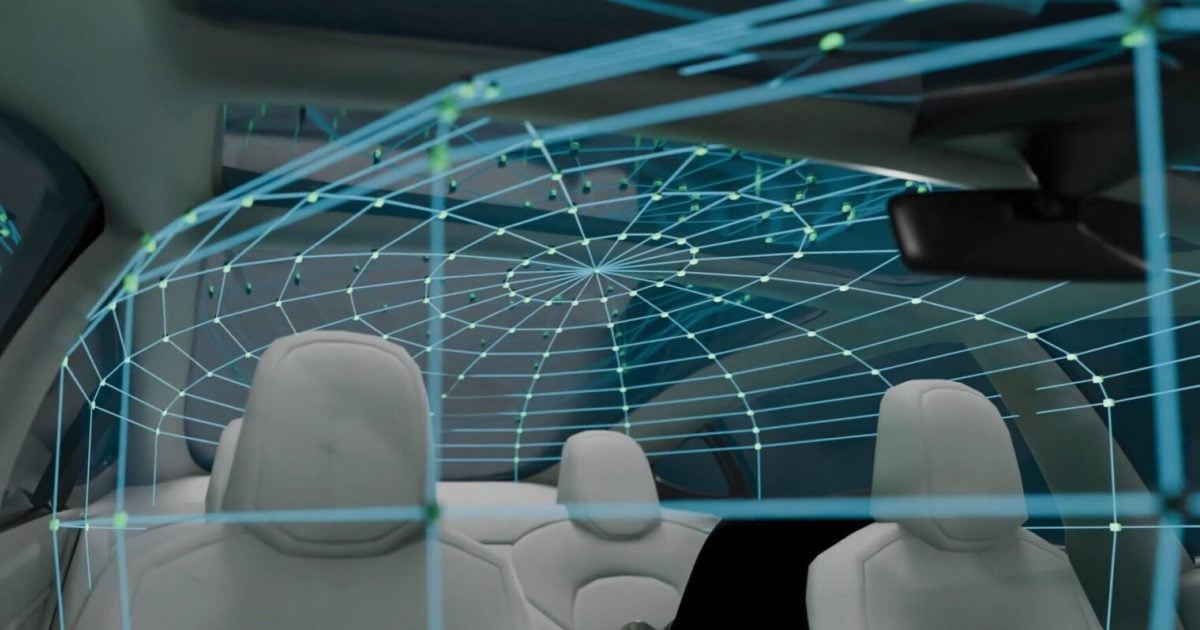Amidst the complexity and ambiguity of an IoT initiative, it can be easy to lose sight of the ultimate business requirements of any project: the need to generate a return on that effort.
Projects that begin with the bottom-up approach of assembling the disparate technologies first, under the expectation of achieving a valuable result, are likely to experience disappointment for several reasons. These technology-centric solutions that focus first on the “Things” will be vulnerable to the frailty of a patchwork system, regardless of how exceptional the parts are. Ultimately, this approach will struggle to scale because it is not defined to operate in concert with business objectives and at the direction of business processes.
There are many temptations and reasons that cause us to focus on the “Things” first, not the least of which is the label we’ve chosen: it’s the Internet of Things after all. Connecting Things requires technology, underpinnings such as hardware, software and communication options – all of which already exist and continue to improve. And while progress is occurring from interoperability of devices with common protocols and web or mobile interfaces, it remains uncommon for companies to achieve their IoT goals because technical successes do not properly address the hardest obstacles to ensure business success – business process validation through implementation success. The sheer variety of technologies, while indicative of the pervasiveness of the opportunity at hand, is merely a distraction. And, as such, most IoT initiatives remain trapped as science projects isolated from the broader systems that would unlock their full potential.
Business First, Product Second
In order to release that potential, and implement a successful IoT strategy, companies must implement a business first, product second approach that begins with addressing the business decisions that will facilitate later success. Such an approach elevates the value of both the business and the product by aligning our connected products to our business objectives and existing systems. An architecture that reconciles both sides of this equation will become necessary in order for companies to adapt and scale because the IoT turns traditional product design on its head. The fact that we are investing in connecting to these products in order to access their data and managing their capabilities means that whether we realize it or not, we are turning our products into solutions that are actually part of systems. IoT dissolves the separation between product design and business design and the sooner we realize that our focus so far has been misdirected, the sooner we will begin to see more successful IoT applications.
What this means, is: rather than focusing on technical scalability, companies should focus on operational scalability that allows traditional business systems to manage endpoints that are orders of magnitude more numerous than our customers. Only by aligning connected products to our existing business applications will companies be able to support those products and their related transactions without bringing our transaction systems or staff to its knees. Successful IoT solutions must be designed to ensure that the products we connect and the solutions we build around them operate at the direction of the business, not the other way around.
Overcoming Interoperability
This emphasis will position companies to overcome the biggest obstacle to IoT success; interoperability. Security considerations aside, the inability to achieve interoperability between the product and the business processes is the single biggest failure point or limiting factor in the success and monetization of an IoT initiative.
Only through proper alignment to business processes can you achieve consistent, predictable and repeatable control over your device behavior and data access. This consistency is necessary for traditional business systems such as design, inventory, invoicing, sales and marketing to effectively act on and interact with those products. The IoT after all is not about Things, it is about information and the new ways we can create value by acting on and learning from it. Only a business-centric solution will embed, in the products, the business context necessary to fully realize these advantages, thereby maximizing what we call the ‘Return on Connectivity’.
Those companies that achieve such interoperability will be the winners, the disruptors in this new, connected era. That’s because the resulting design efficiencies, process innovation, automation, and organizational agility will result in new business models that yield strong competitive advantages that will further accelerate their efforts. There is always a bigger, faster or stealthier fish in the sea, however, so the counterbalance to runaway success is the likelihood that those disruptors encounter new types of competition. It just won’t be from those companies which didn’t figure out quickly enough what this IoT stuff was all about.
Scott Johnson is CEO of Devicify, which introduced the first comprehensive application that simultaneously addresses both business and technical needs - Devicify CPM (Connected Products Management). For more information, visit www.devicify.net.
Edited by
Ken Briodagh





